Making Cat Litter Effective Against Bad Odor: Tips for Odor Control and Selection
Making Cat Litter Effective Against Bad Odor: Tips for Odor Control and Selection
Cat litter is a crucial part of maintaining a clean and odor-free environment for both you and your feline companion. Bad odor from the litter box can be unpleasant and disruptive to your home. We have explored some effective methods to combat bad odor and provide tips for selecting a cat litter with superior odor control capabilities.
Choose clumping litter with activated charcoal
When selecting a cat litter specifically designed for odor control, look for options that contain activated charcoal. Activated charcoal is highly effective at absorbing and neutralizing odors, helping to keep your home smelling fresh. Additionally, clumping litter allows for easy removal of soiled litter, further reducing odor.
Consider litter with baking soda
Baking soda is a natural deodorizer that can be an effective ally in combating litter box odors. Many cat litters are infused with baking soda, which helps to neutralize unpleasant smells. The baking soda works by chemically reacting with the odorous molecules, effectively reducing the odor emanating from the litter box.
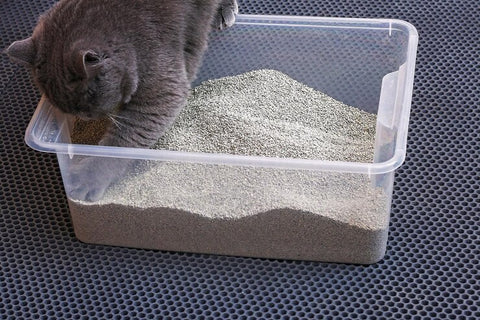
Try natural and unscented options
While scented litters may seem appealing, some cats may be sensitive to strong fragrances, and the scent may mask the odor rather than effectively neutralize it. Opting for a natural, unscented litter allows you to tackle the odor issue without potentially overwhelming your cat or adding additional irritants to their environment.
Maintain a regular scooping routine
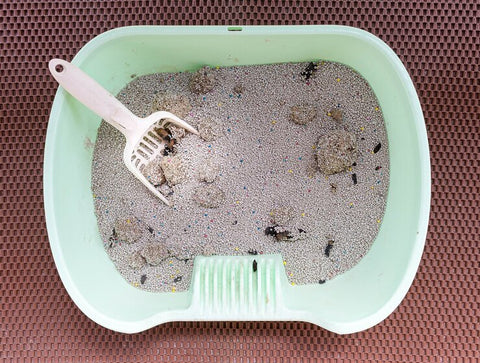
Consistently scooping the litter box is crucial for odor control. Waste should be removed at least once or twice a day, depending on your cat's usage. The longer waste sits in the litter box, the stronger the odor will become. By keeping up with regular scooping, you can minimize odor buildup and maintain a clean environment for both you and your cat.
Add baking soda or activated charcoal

Supplementing your cat litter with baking soda or activated charcoal can further enhance its odor control capabilities. Sprinkling a small amount of baking soda or activated charcoal over the litter helps to absorb and neutralize odors, keeping the litter box fresher for longer periods.
Maintain proper ventilation
Proper ventilation is crucial for preventing odor buildup in the area where the litter box is located. Ensure that the litter box area is well-ventilated by opening windows or using fans to circulate air. Good airflow helps to reduce odor concentration and keeps the environment fresh.
Consider litter with antimicrobial properties
Some cat litters on the market are designed with antimicrobial properties. These litters contain additives that inhibit the growth of bacteria and control odor-causing germs. The antimicrobial agents help to reduce the formation of odor-causing bacteria, keeping the litter box cleaner and fresher for longer periods.
Use litter box liners or mats
Litter box liners or mats can be beneficial in preventing odor and making clean-up easier. Liners create a barrier between the litter and the box, making it simpler to remove the entire contents when it's time to clean. Mats placed outside the litter box can trap excess litter and prevent it from spreading, minimizing tracking and potential odor.
Experiment with different litter types
When it comes to selecting the best cat litter, it's important to remember that every cat is unique, and their preferences for litter can differ. Certain cats may have sensitivities or allergies to specific litter materials, which can contribute to increased odor or litter box avoidance. Therefore, it is worthwhile to experiment with various types of litter, including clay, silica, white bentonite cat litter or natural alternatives like wood or corn, in order to discover the one that effectively meets your cat's odor control requirements.
Increase litter depth

Providing an ample amount of litter in the litter box can help with odor control. Increasing the litter depth allows better absorption of moisture and odor. Aim for a depth of around 2-3 inches of litter in the box, ensuring that your cat has enough room to dig and cover their waste.
Consider a covered litter box
A covered litter box can help contain odors within the box and provide privacy for your cat. The enclosed design helps to trap odors inside, reducing the chances of them permeating your living space. However, it's essential to ensure proper ventilation within the covered litter box to prevent odor buildup.
Clean and disinfect the litter box regularly

In addition to regular scooping, it's crucial to thoroughly clean and disinfect the litter box on a regular basis. Empty the litters, wash the box with mild soap and water, and use a pet-safe disinfectant to eliminate any lingering odors and bacteria. Allow the box to dry completely before refilling it with fresh litter.
Conclusion:
Combating bad odors from the cat litter box is essential for creating a pleasant and hygienic environment for both you and your feline friend. By selecting a cat litter specifically designed for odor control, such as clumping litter with activated charcoal or baking soda, and maintaining a regular scooping routine, you can effectively manage and minimize litter box odors. Additionally, supplementing the litter with baking soda or activated charcoal, as well as ensuring proper ventilation, can further enhance odor control. With these tips in mind, you can create a comfortable space for your cat while maintaining a fresh and odor-free home.
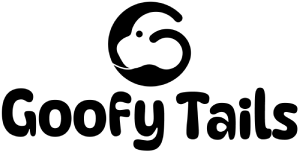


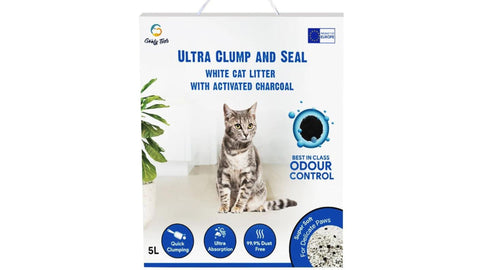















Leave a comment